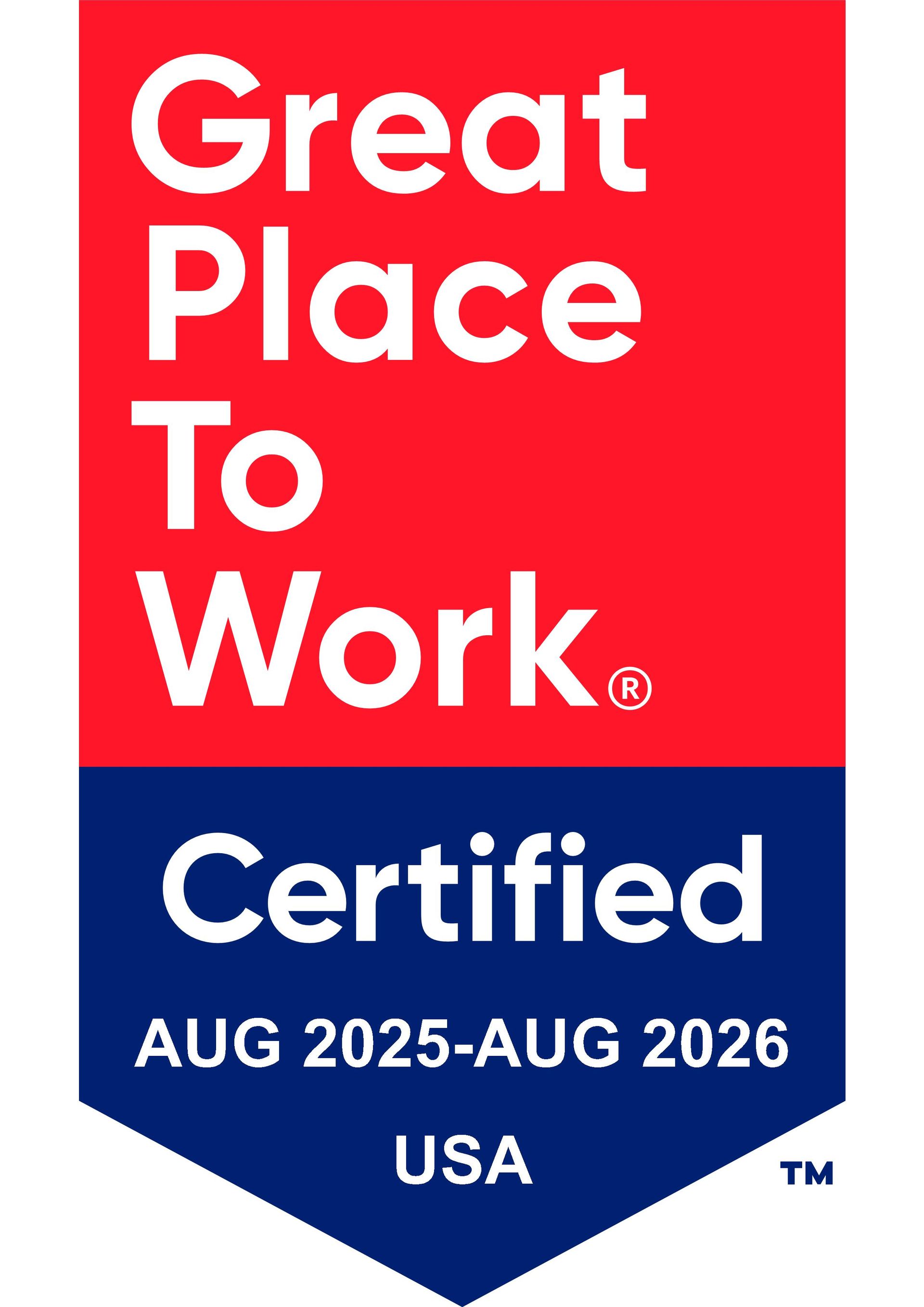
Applicable Large Employers (ALEs) - Ultimate Guide
10 October 2022

The Affordable Care Act (ACA) set forth Federal regulations specific to healthcare and the requirements employers must adhere to. The employer mandate is one regulation that applicable large employers (ALEs) must follow. It requires employers to offer affordable health insurance with minimal essential coverage. ALEs that do not meet the mandate requirements risk facing a hefty penalty.
This guide walks you through the ins and outs of ALEs and the ACA employer mandate, as well as some affordable options to meet the mandate requirements.
What Defines an Applicable Large Employer (ALE)?
Any organization with 50 or more full-time or full-time equivalent employees is considered an ALE.
According to the ACA, the 50-employee threshold is based on an entity’s headcount for the previous calendar year, so even if their headcount is only 48 FTEs for the current calendar year, they would still be considered an ALE if they had 50 or more FTEs on average in the previous calendar year. At the same time, the employer would not be considered an ALE in the following calendar year if their headcount remains below 50 on average during the current year calendar year.
What Is a Full-Time Equivalent (FTE)?
You need to know the difference between a full-time employee and a full-time equivalent employee to determine if your organization qualifies as an ALE under the ACA. If an employee works a minimum of 30 hours per week or 130 hours in a given calendar month, they’re considered a full-time employee.
Your FTE headcount takes into account all of your part-time and full-time employees. An FTE is calculated based on the total number of hours worked instead of equating to your total headcount. In other words, if you have two employees that work 30 hours per week, which is considered full-time, and two employees who each work 15 hours per week, you have a total of 90 hours worked per week, which equates to three full-time equivalent employees. So your headcount is four, and your FTE is 3.
In most cases, you’ll need to count temporary, seasonal employees in your FTE count. The ACA defines seasonal employees as an employee hired to work six months or less. If you meet the following criteria, you likely won’t need to count your seasonal workers in your FTE:
• You had over 50 employees for less than 120 days of the current calendar year AND
• You would have had less than 50 employees if you excluded your seasonal workers during those 120 days.
Also, the 120-day period need not be consecutive to meet these two criteria for exclusion as an ALE.
The categories of workers that you should not include in your FTE count include:
• Independent contractors
• A 2% S-corporation shareholder
• A partner in a partnership
How Do You Determine if You’re an ALE?
The calculation to determine if you’re an ALE is as follows:
(number of hours worked by all part-time employees in a given calendar month / 120 calendar month work hours) + total number of full-time employees = FTEs for given calendar month
If your FTEs equal 50 or more employees for the 12-month calendar year average, then you’re considered an ALE unless you meet the season worker exclusion mentioned in the last section, which could drop you below the ALE 50 employee average threshold.
What Is the ACA Employer Mandate?
The employer mandate of the ACA falls under the employer shared responsibility provisions. The mandate requires ALEs to offer full-time employees, along with their dependents, a health insurance option with MEC (minimum essential coverage). A dependent is defined as an employee’s child by birth or adoption that has not yet reached age 26. Foster children, stepchildren, non-U.S. children not living in the U.S., nor spouses are considered dependents.
The plan offered by the employer must be considered affordable and provide minimum value. A tax penalty or shared responsibility payment may be required if an organization does not meet the mandate requirements.
Minimum Value
To be considered a qualified health plan that meets the employer mandate, the healthcare coverage offered by ALEs must cover a minimum of 60% of the average costs for a standard population. Bronze plans sold on the private health insurance market have a 60% actuarial value. Substantial coverage must also be provided for physician services and inpatient treatment, which major medical plans typically meet.
Affordable Coverage
ALEs have to offer coverage of a certain amount of their full-time employees’ premiums, so the healthcare plan is considered affordable. This means the lowest-cost self-only coverage can’t exceed a set threshold of an employee’s household income. In 2022, the threshold is 9.61%, so anything over that threshold would make an employer subject to the ACA tax penalty.
What Are the Penalties When the Employer Mandate Isn’t Met?
There are two possible employer mandate penalties under the ACA that an ALE might face:
• $2,750 per employee (in 2022), per year if MEC isn’t offered to a minimum of 95% of their full-time employees
• $4,120 per employee (in 2022), per year if affordable coverage isn’t offered to a full-time employee and their dependents
Adjustments are made to these penalties according to the number of employees receiving a premium tax credit through the Health Insurance Marketplace and the number of months they weren’t offered proper coverage in the previous year. Also, the IRS imposes the greater penalty of the two. In other words, an ALE won’t be hit with both penalties, only the greater of the two. Finally, though an ALE is defined as having more than 50 full-time equivalent employees according to the ACA, penalties are issued only if you have greater than 30 full-time employees, not 30 full-time equivalents.
What Are the Tax Reporting Requirements under the ACA?
Anytime you’re dealing with tax forms, it’s best to consult with tax experts. In general, though, here are the highlights pertaining to the ACA and tax reporting requirements.
All ALEs need to complete Form 1095-C, which provides information about the healthcare plans you made available to your employees. The form includes the number of months coverage was offered and the cost of coverage to help the IRS determine if you offered qualifying coverage.
A 1095-C should be completed by all employers for all of their employees employed during that calendar year, including terminated employees, regardless of whether they provided medical coverage to their workforce. All employees, including those that declined coverage, should receive a 1095-C, as well.
ALEs also need to complete 1094-C, which is a transmittal form that serves as the cover sheet for your 1095-C forms. Form 1094-C includes various information, like the number of employees by month, company information, and the number of 1095-C forms submitted. A 1094-C does not need to be provided to employees.
What Options Are Available for ALEs to Offer ACA-Compliant Health Coverage?
Most major medical plans meet the ACA employer mandate. However, even large organizations can face challenges when it comes to offering affordable healthcare to their employees. An HRA is an option that employers can consider that is more affordable than major medical, as outlined below.
Individual Coverage Health Reimbursement Account (ICHRA)
An ICHRA is a type of health reimbursement account (HRA) that is solely funded by the employer. It’s a tax-advantaged health benefit offered by employers to employees for reimbursement of permissible out-of-pocket medical costs. HRAs are one of the most flexible employer-sponsored benefit plan options available.
HRAs often accompany a high deductible health plan (HDHP), though they can accompany other types of major medical group health plans, as well. With that said, an ICHRA is commonly offered by employers who face difficulty offering traditional employer-sponsored medical plans and can be offered as a stand-alone ACA-compliant medical benefit if it meets certain criteria. It can also be offered to employees who might not qualify for your employer-sponsored group medical plan.
To meet the ACA requirements, the ICHRA must offer an affordable allowance to meet the employer mandate. An affordable allowance would be considered one that is greater than or equal to the minimum affordable allowance threshold. To calculate affordability, an employee’s salary and the lowest-cost silver plan for that employee’s geographic rating area and age are used.
There are additional types of HRAs available, differing based on tax advantages, allowable covered expenses, employee count limitations, and medical plan integration requirements. An integrated Group Coverage HRA is often used in combination with an HDHP to help offset the high deductible. The HDHP alone typically meets the ACA mandate requirements, however.
Working with an Employee Benefits Broker
It can also be beneficial to work with an employee benefits broker, like KBI, to guide you in selecting affordable health care options that meet the ACA employer mandate requirements. Brokers have access to a variety of benefit plan options to meet your needs and budget and to ensure you meet the legal requirements locally and federally. An expert broker can also guide you on how to roll out a new benefit plan, including open enrollment and communications. You also receive the benefit of forging a long-term relationship, so you don’t have to start over each time you consider a benefits platform change. Give us a call today!



